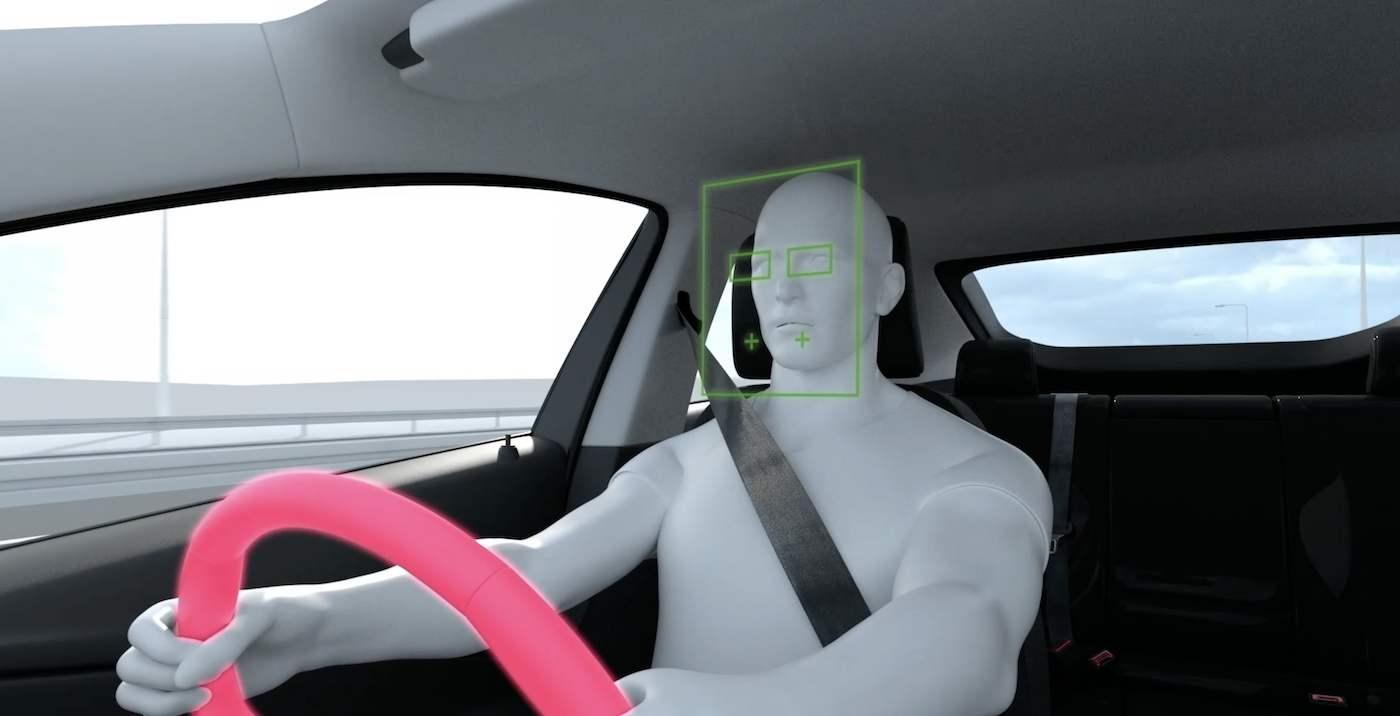As a way to help people know when they should take a break, this innovative safety feature could help detect driver fatigue.
Fighting sleep at the wheel can be just as dangerous as driving over the legal alcohol limit. Around 4,000 people are killed across Europe annually as a result of driver fatigue, so tools that can help reduce this could help make our roads safer.
As is so often the case, technology has found an innovative way to monitor driver behaviour and automatically detect signs of drowsiness.
Driver drowsiness & attention warning systems work by detecting the signs, and alerting the driver that they should consider a break. This is achieved by monitoring the driver’s performance and vehicle behaviour.
Examples of this would be if the driver was drifting out of their lane without indicating or making sudden movements to the steering wheel. The system will take into account how long the journey is, their road positioning, speed and overall steering behaviour as well.
Some systems also monitor the driver’s grip on the steering wheel, and can recognise facial and eye movements indicative of drowsiness through on-board sensors.

If the system detects drowsiness or an inattentive driver, it will create an alert with an audio and/or visual warning that they are showing signs of fatigue. Parking in a safe place, having a caffeinated drink and resting for 15 minutes is the recommended advice for tired drivers, so receiving this alert should make them at least consider a break.
To learn more from the Road Safety Authority (RSA) about car safety features, technology and standards designed to keep you safe on the road CLICK HERE